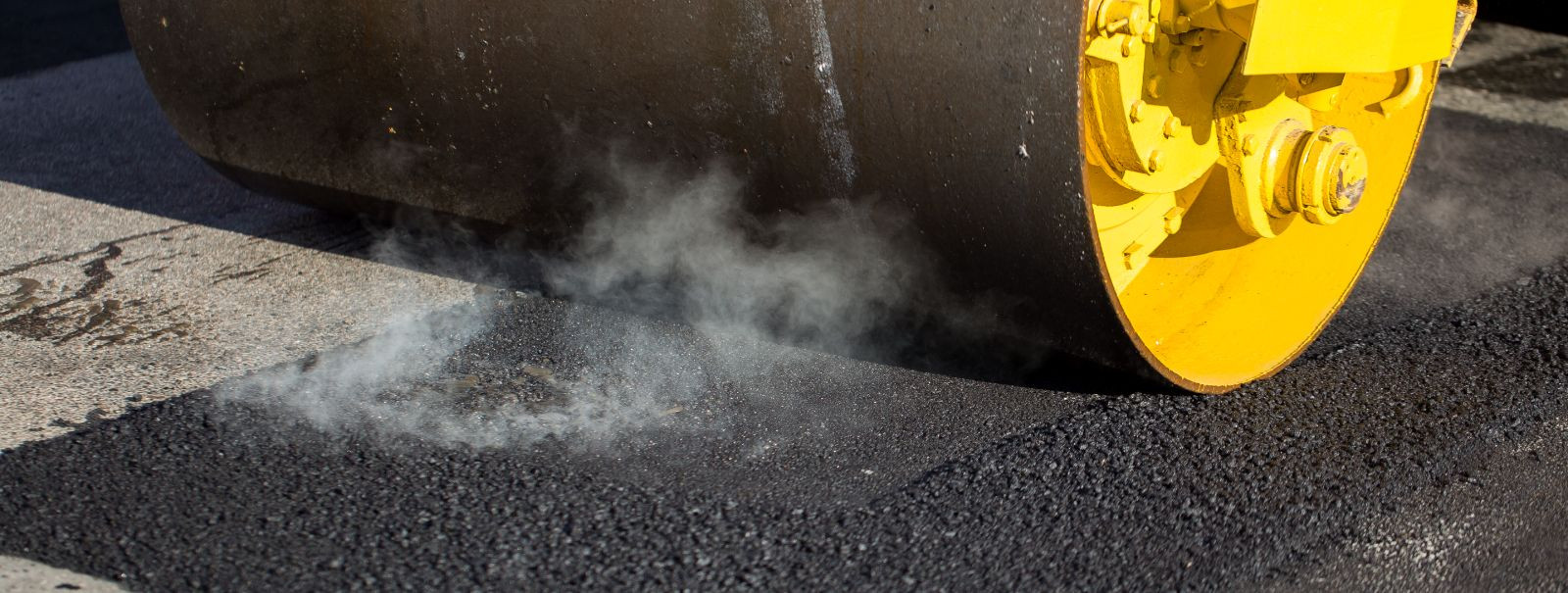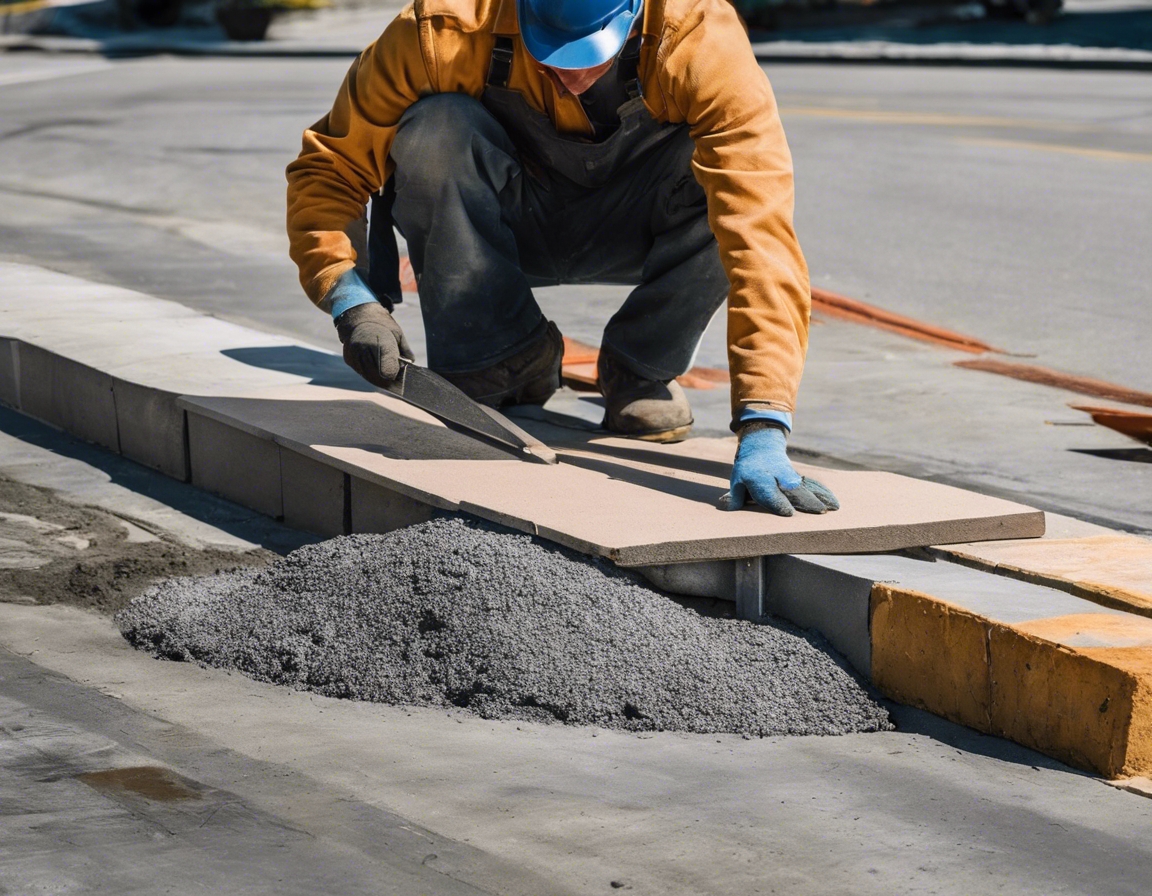The benefits of hot vs. cold asphalt repair
Asphalt repair is a critical aspect of road maintenance that ensures the longevity and safety of paved surfaces. It involves the process of fixing potholes, cracks, and other surface defects that can compromise the integrity of roads and parking lots.
Regular and proper maintenance of asphalt surfaces is essential for local municipalities, commercial property managers, and construction companies. It helps prevent vehicle damage, reduces the risk of accidents, and maintains the aesthetic appeal of roads and properties.
Hot Asphalt Repair
Hot asphalt repair is a method that uses heated asphalt mixtures to fill and seal damaged areas. The process typically requires professional equipment and skilled technicians to heat the asphalt to the right temperature before application.
- Strong adhesion and durability
- Long-lasting repairs
- Seamless integration with existing pavement
- Effective in a variety of weather conditions
Hot asphalt repair is ideal for larger potholes, significant cracks, and areas with heavy traffic. It is also the preferred method when the repair needs to last for an extended period and withstand extreme conditions.
Cold Asphalt Repair
Cold asphalt repair involves the use of a pre-mixed asphalt solution that can be applied directly to the damaged area without heating. This method is often used for quick fixes and emergency repairs.
- Convenience and ease of use
- Quick application and curing time
- Cost-effective for small repairs
- Can be applied in colder temperatures
Cold asphalt repair is suitable for small potholes, minor cracks, and in situations where immediate repair is necessary. It is also a viable option when repairs need to be made in colder weather or in areas with less traffic.
Comparing Hot and Cold Asphalt Repair
While hot asphalt repair may have a higher initial cost due to the equipment and labor involved, it can be more cost-effective in the long run due to its durability. Cold asphalt repair is less expensive upfront but may require more frequent applications.
Hot asphalt repair requires a longer application process and curing time, making it less ideal for situations that demand immediate use of the pavement. Cold asphalt repair, on the other hand, can be applied quickly and is ready for traffic almost immediately.
Hot asphalt repairs are generally more durable and provide a smoother finish, which can extend the life of the pavement. Cold asphalt repairs are temporary and may not perform as well over time, especially in high-traffic areas.
Hot asphalt repair can release volatile organic compounds (VOCs) during the heating process, which may have environmental implications. Cold asphalt repair has a lower environmental impact as it does not require heating.
Choosing between hot and cold asphalt repair often depends on the specific circumstances of the repair job, including the size of the area, the climate, and the urgency of the repair.






Comments (0)